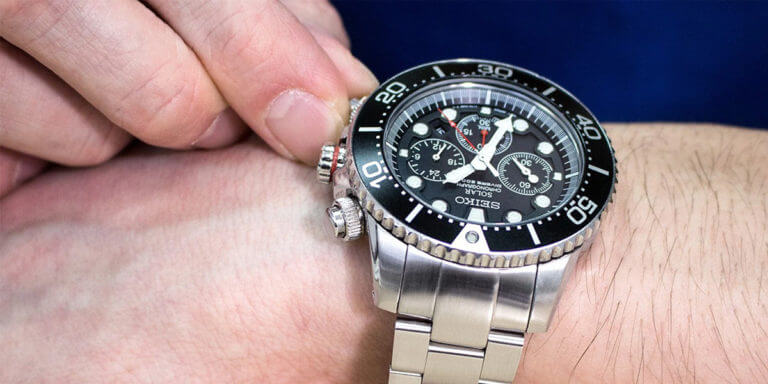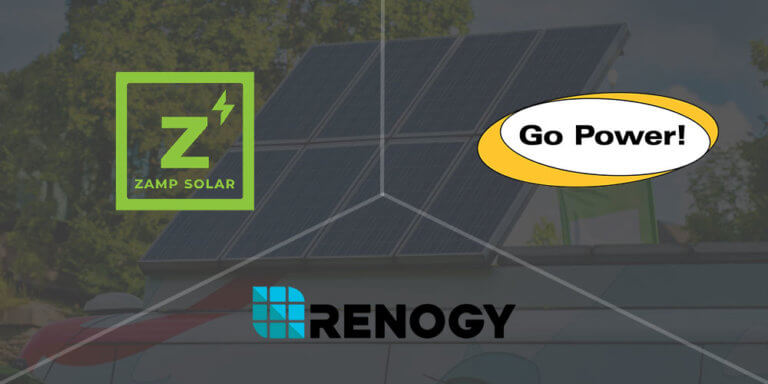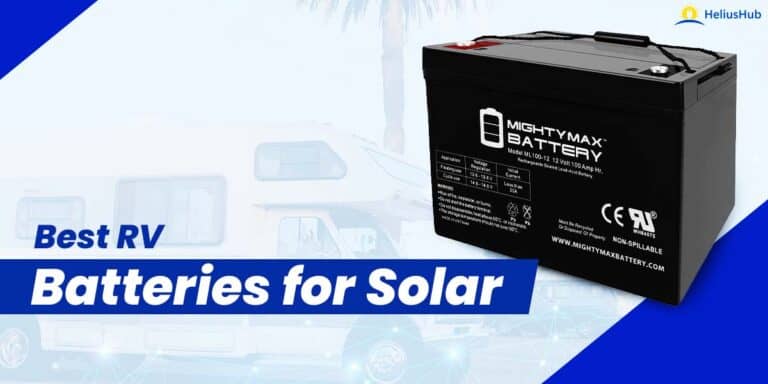SolarEdge VS Enphase, Which Solar Inverter Is Better?
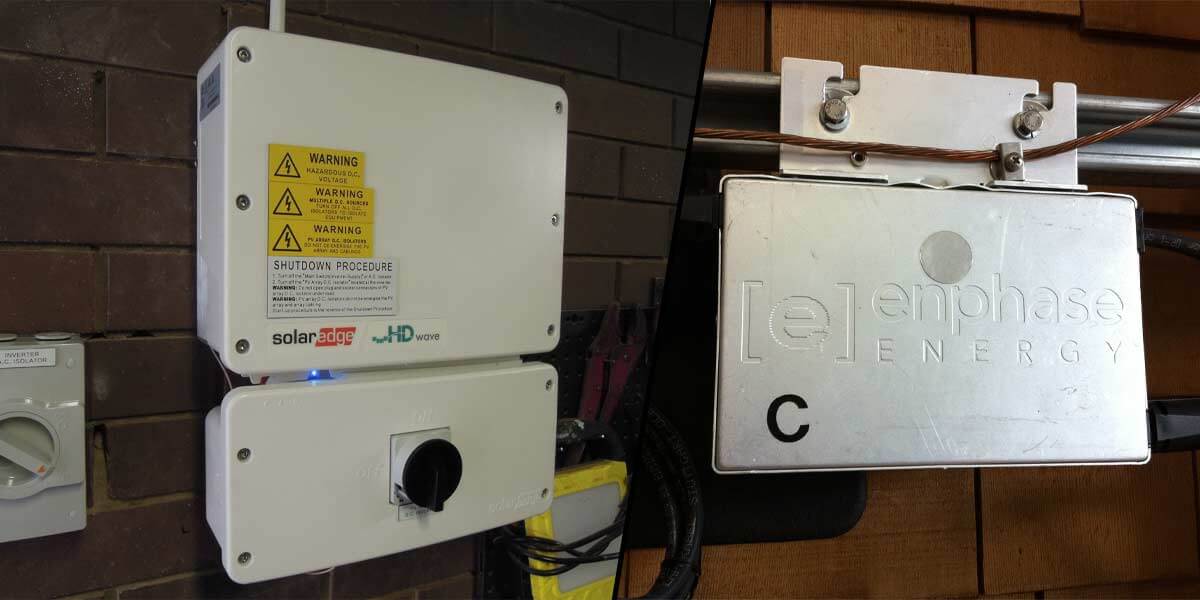
What is a Solar Inverter? A solar inverter is usually used to convert the direct current or DC into alternating current or AC, since most home appliances use AC to function. Thus, in simple words, a solar inverter is required to ease the functionality and use of electricity for all home appliances.
Further, solar inverters are crucial for the excellent output of your solar system. Therefore, choosing the right kind of panels and other materials required for a solar system setup is also vital for deciding on the kind of solar inverter you want to opt for. Additionally, there are commonly 3 types of solar inverters:
- String Inverters or Centralized
- Power Optimizer System or String inverters + Power optimizers
- Microinverters.
Enphase Solar Inverters
To begin with, Enphase Energy is a North Californian Company founded in 2006. They have been offering a wide array of batteries, solar inverters, and other accessories required in a solar system installation ever since they became manufacturers.
Popularly known for their high-quality solar inverters, Enphase Energy produces a ton of inverters annually, distinguished from other brands for their productive capacities and reliable yet smart and safe features for their customers. Their inverters are also aesthetically designed to give a modern twist to your solar system.
Enphase Energy focuses precisely on micro-inverters, excluding all kinds of string inverters in their product line. In every micro inverter-based solar system, each panel is usually combined with one small inverter mounted at the back of the same panel.
Thus, this makes the process of DC to AC conversion much more convenient. You can use these solar inverters to make your own solar generator or make a solar light from scratch, there are plenty of possibilities with these inverters.
Pros And Cons Of Enphase Micro Inverters
Pros
- Microinverters are usually small inverters that are mounted on each solar panel at their back. Their primary purpose is to convert DC into AC power to support and sustain the solar system and other home appliances.
- When one of the solar panels stops producing power, the rest in the line continues to do their job efficiently to cover up for the amount of power required.
- They are flexible by design, and you can add more solar panels without upsizing to a central inverter.
- The warranty periods offered for microinverters are usually longer and more convenient as they generally have a longer lifespan.
Cons
- Clipping, which is referred to when a solar panel output or wattage is visibly higher than the micro inverter’s energy conversion capacities. For instance, if you have a 100-watt light bulb in a lamp that can only produce 60 watts of light output, 40 watts of light would be clipped. Thus, maintaining the range between the inverter capacity and panel output is often difficult.
SolarEdge Solar Inverters
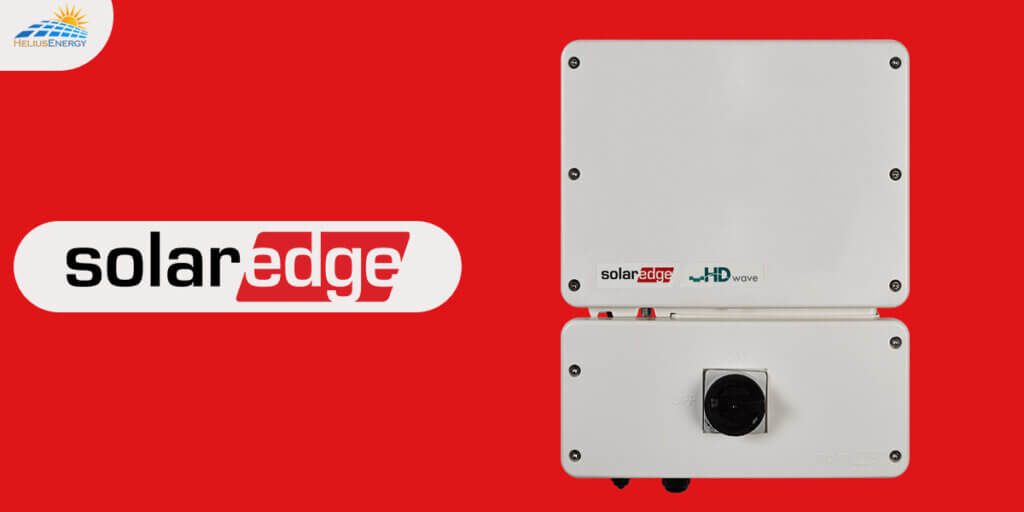
SolarEdge is increasingly becoming one of the most popular names in the industry. The company, known for its unique designs, was founded in Israel in 2006. SolarEdge has manufactured a wide range of solar inverters, PV Power Optimizers, and PV Monitoring Portal, particularly for residential and commercial use. Power optimizers are used to enhance the power generation and overall performance of every solar panel.
Unlike Enphase, SolarEdge directs its focus entirely on centralized inverters that pair up with power optimization. Their inverters for residential purposes are a single-phase HD-Wave inverter, and additionally, there is also a three-phase HD-Wave, restricted only for commercial purposes.
Thus, the company offers installation of their central inverters in places such as the basement, garage, or even an outdoor wall at the ground level.
Pros And Cons Of SolarEdge Inverters
Pros
- Eliminates clipping if the inverter is sized properly. However, many installers usually undersize these centralized inverters, which poses a huge concern and the need to check the inverter’s maximum capacity against your system output capacity
- Higher efficiency rating than micro inverters. Thus, this means there’s a higher conversion rate of DC power into AC power.
Cons
- Huge loss in power production if Inverter goes down.
- Only 10 years of warranty, although it can be stretched to 25 if needed.
Enphase Vs SolarEdge Inverter Comparison
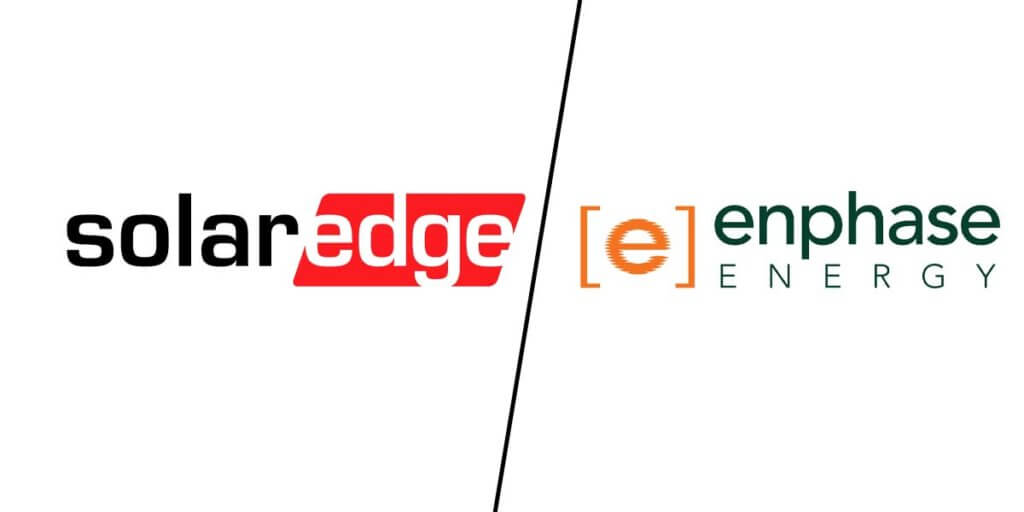
| Enphase Micro Inverters | SolarEdge Centralized Inverters | |
| Efficiency | 97% | 99% |
| Warranty | 25 years | 12 years |
| Reliability | No single point of failure | Single point of failure |
| Minimizes Clipping | Clipping at peak hours | Easy to minimize |
| Expandability | Easy to Expand | Limited to inverter size |
| Replacement Process | Fast | Complex |
| Aesthetics | No central inverter | Central inverter on the wall |
| Customer Services | Short waiting time | Long waiting time |
| Monitoring | Panel level and great interface | Panel level optional |
| Battery Compatibility | Only AC coupled | Compatible with most |
| Design Flexibility | Fewer Limits | Many Limitations |
| Cost | Expensive | Cheaper |
1. Efficiency
Efficiency is the key to any solar system and refers precisely to the amount of sunlight converted into solar energy to obtain electricity. Therefore, the higher the efficiency, the more electricity is produced, thus enhancing the better performance of the solar panels.
Now, needless to say, apart from solar efficiency, solar inverter efficiency also plays a massive role in overall better performance. This refers to the amount of power loss that occurs within the unit during the DC-to-AC power conversion.
Thus, with SolarEdge centralized inverters, the focus is divided upon two components: (i) the central inverter, which lists 99% efficiency, and (ii) the power optimizer, which lists 99.5% efficiency. However, to compare, the Enphase IQ 7 microinverter series that was mentioned previously is slightly behind SolarEdge with an overall 97% efficiency.
Although SolarEdge usually gets the advantage of using their power optimizers to perform better from a broader perspective, microinverters still play a significant role in complicated rooftop solar system installations. Thus, to conclude, In terms of efficiency in Enphase Micro Inverters Vs SolarEdge, the Enphase Micro Inverters are a little better.
2. Durability
SolarEdge was the first solar inverter company to manufacture a solar panel optimizer to work parallelly with their solar inverter, thus allowing module-level monitoring and voltage regulation.
This stands the same for Enphase micro-inverter systems where the inverters convert the DC energy from the solar panel to AC on the roof. The power optimizer ensures the production of the most amount of power day in and day out.
The most significant benefit of Enphase solar inverters is the ease of scalability and upgradeability. Since every solar panel and micro-inverter act independently, one can add to the existing system as per the requirements.
3. Cost
Generally speaking, a micro inverter is usually more expensive than any other option available in the market, whereas a power optimizer-based solar inverter is considerably cheaper. On the other hand, String inverters are the cheapest option available compared to the remaining two mentioned previously.
However, while it should be the case that a string inverter is likely to be your cheapest option, the actual price you pay is significantly influenced by the deal your installer can get from the manufacturer. The effects of local pricing and volume discounts mean that you could get a bid where Enphase is cheaper than SolarEdge.
4. Monitoring Systems
To compare, both Enphase and SolarEdge offer panel-level monitoring that is available from the web or a smartphone app. They usually exhibit the amount of power generated in real-time and let you prepare reports on kilowatt/hour of electricity generated by the solar system on any given day, week, month, or year.
Similarly, both systems allow you to observe how much power each solar panel generates, which can be considered a great feature.
However, here’s an important piece of advice: the monitoring system with Enphase solar inverters is provided by a separate product called IQ Envoy, which primarily communicates via Wi-Fi to transfer data to Enphase servers, whereas SolarEdge HD-Wave inverter offers a built-in monitoring system.
5. Home Battery Add On
With growing interest in home batteries, more and more companies are getting into the battery storage market. While the Tesla Powerwall is the current market leader and usually the least expensive option, if you’re thinking about battery storage, you may want to consider the battery offerings from Enphase and SolarEdge.
Both the companies manufacture their systems as all-in-one solutions that integrate well with their inverters and software.
While Enphase offers a 10.1 kWh battery, on the other hand, SolarEdge partnered up with LG Chem, offers a 10 kWh unit. It is important to remember that these companies provide smaller than the 14 kWh Tesla Power wall.
6. Scalability
Now, SolarEdge’s scalability is surprisingly limited in comparison to that of Enphase micro-inverters. SolarEdge solar systems are limited to the size of the central inverter, which can incorporate a particular number of solar panels.
On the contrary, Enphase micro-inverters have higher flexibility to scale and add more solar panels to the already established system, depending upon the need. Thus, scalability is an important aspect for clients who project an increase in their future power demand when adding an extensive battery backup system, etc.
7. Warranty Period
As we discussed previously, Enphase microinverters offer a 25-year product warranty, which is considered the longest in the industry. In contrast, SolarEdge centralized inverters come with a 12-year warranty, although their power optimizers offer a 25-year warranty.
Thus, although both the companies cover warranties cover product failures, neither of them includes installation labor. Hence, it becomes more crucial for both the SolarEdge and Enphase systems to have a 25-year warranty.
SolarEdge VS.Enphase: Which One Should You Choose?
Therefore, to find out which one could be the best option to opt for, let us consider a few things. If you have a home solar installation with partial shading and a desire for panel-level monitoring, both Enphase and SolarEdge inverters could be a great choice.
Additionally, if you wish to expand the solar system in the near future, Enphase microinverters will be best suited. They offer better expansion flexibility than without the need for upsizing the solar system in general.
Although both the companies provide a great deal of functionality in the name of solar systems and solar inverters, opting for Enphase microinverters will be a wise decision and for various reasons.
Of all the things, Enphase offers a better essence of reliability, although the company has had its fair share of issues in the past. Most installers preach about Enphase because of their fewer in-field replacements and dead-on-arrival units with the latest Enphase IQ7 model.
Additionally, Enphase has extended its upgrading program to customers with early generation microinverters which were subjected to reliability issues at the time. To top on that, let’s not forget about the 2 years of warranty period that it exclusively offers to its customers.
On the other hand, SolarEdge power optimizers can also be a good choice for tricky rooftops with shading issues; however, they are not free of any reliability concerns with their latest products.
The company has been experiencing an increased number of warranty claims on some of their inverters that their product is relatively new, and they’re still working out the bugs.
Conclusion
Thus to summarize, the best choice of inverter typically can be an Enphase microinverter system, which is also considered the best solar available in the market. They are also possibly the most reliable choice for homeowners, with a high-performance capacity.

